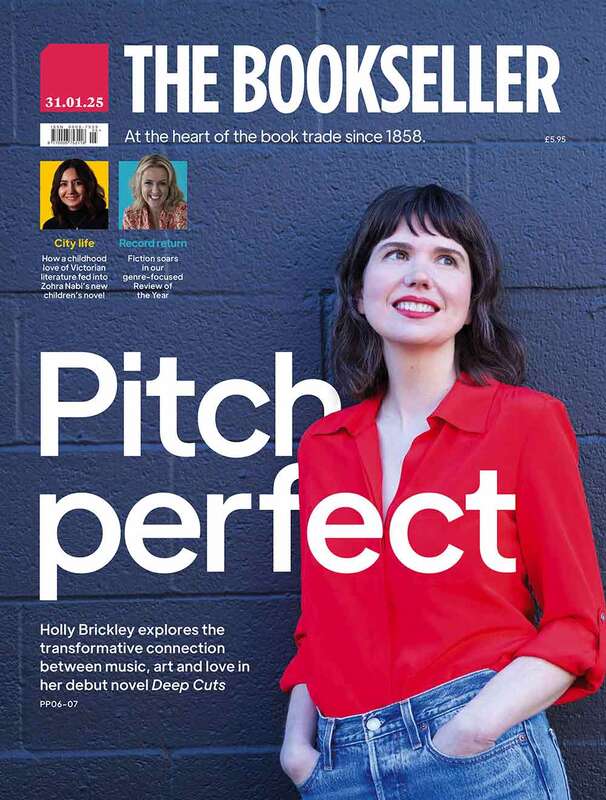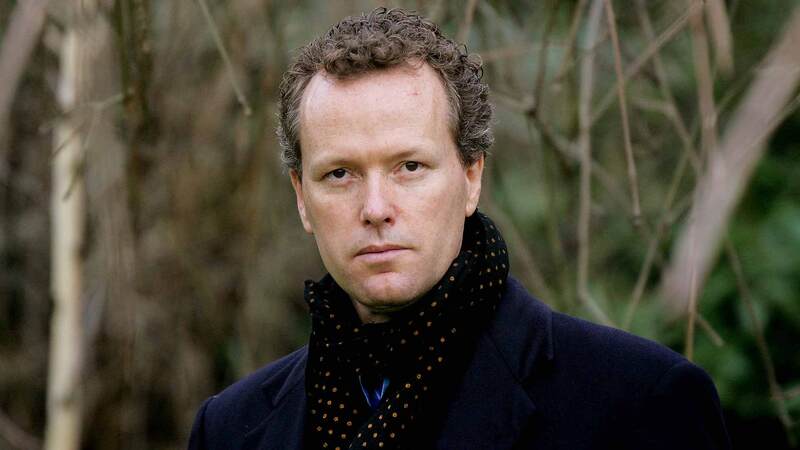You are viewing your 1 free article this month. Login to read more articles.
Crowd control
Thinking about crowdfunding your book? Here’s why this bestselling children’s author took the leap.
As an author, it’s easy to feel like you have no control. From publishing dates to sales figures, authors are often the last to know, left in a state of not-so-blissful ignorance. I suppose there is a school of thought that says no news is good news, but I find the not-knowing stressful. I like to know what is going on. And yet authors are forever waiting for things to happen. It is very hard to feel like writing is your proper job—your career—when you don’t even know how much your next royalty cheque will bring in, or when it will arrive. Think you might like to budget to feed the kids and pay the rent? Forget it.
I consider myself fortunate as a children’s author and illustrator. My Hotel Flamingo books sell well. Thirty years ago, I could probably have lived off my sales, but not now. So I wanted to claw back some agency. To do that, I chose to launch a Kickstarter crowdfunding campaign for a new title called The Little Shop of Magic.
Kickstarter uses a crowdfunding model which operates on an all-or-nothing basis. Creators pitch a concept and offer tiers of rewards at a range of prices. Things like signed copies, or exclusive artwork, or Zoom Q&As. People can then choose whether to invest, and if the concept doesn’t hit the funding target then it won’t get made.
Now, I have had a newsletter for many years. It has over 1,000 subscribers and my open rate is always close to 75%. So, every time I have some news to share, I can be sure 750 people will read it. I figured if I created a book and marketed it to my mailing list (as well as social media), perhaps 100 of those people might want to buy it.
Something I have learned is that my readership actively wants to support me. There is a lot of good will out there, and yours will likely be the same.
Sure, it’s small fry; but that’s 100 additional books sold than if I sat here doing nothing. I can tell you, being pro-active is good for the mind. So too are profits. I worked out that after print costs I would keep around 80% of the book’s price—because I’ve done the leg work, including cover design and layout, before recruiting my wife as editor. If I charge £10 for a signed book, I could earn around £8 a copy. And on some higher-priced rewards I could increase profit further. And then you start imagining: what if more than 100 people bought a copy?
I make it sound incredibly rosy—but yes, there are pitfalls. It can be an awful lot of work for nothing. Self-publishing in whatever form is always going to be hard work. I am fortunate to have experience in publishing software and I do my own illustrations. It took me many hours to put together the pitch video, and for that I learned a new animation tool. But I’ve seen successful campaigns that are a lot less complicated, and when it comes to production there are all sorts of apps (such as Vellum) and a multitude of online tutorials out there to help you lay out text and design a cover. Run a spellcheck. Get friends to read your edit. You can also pay professionals, if you need to.
It is pretty clear this is not traditional publishing. You won’t get reviews in papers. Unless you factor in ISBNs and distribution, it’s unlikely to end up in bookshops: part of the process I dislike and one I’m trying to resolve. You’ll have to do the selling and promotion (not my strong point!) and—and it is quite a big and— some tech knowledge is helpful, particularly in understanding and navigating the Kickstarter pitch.
I did not enter into crowdfunding as a way of removing bookshops and publishers from the equation. I love my publisher and I love working with a team—and I will support bookshops till my dying days. However, if you have a manuscript that didn’t fit a list, or was maybe one pitch too many on the subject of pugs that year, there is a very strong chance your readers will still want to read it. Something I have learned is that my readership actively wants to support me. There is a lot of good will out there, and yours will likely be the same. Which is why I want to take the time to say, if you don’t have your own mailing list or Substack, break free from the social media algorithms and set one up now.
My Kickstarter was fully funded after just three days—more than 100 people signed up—and funding continues to grow. Who knows where it will get to before the campaign closes at the end of November. Sometimes, taking control of your future is a very positive thing.




















